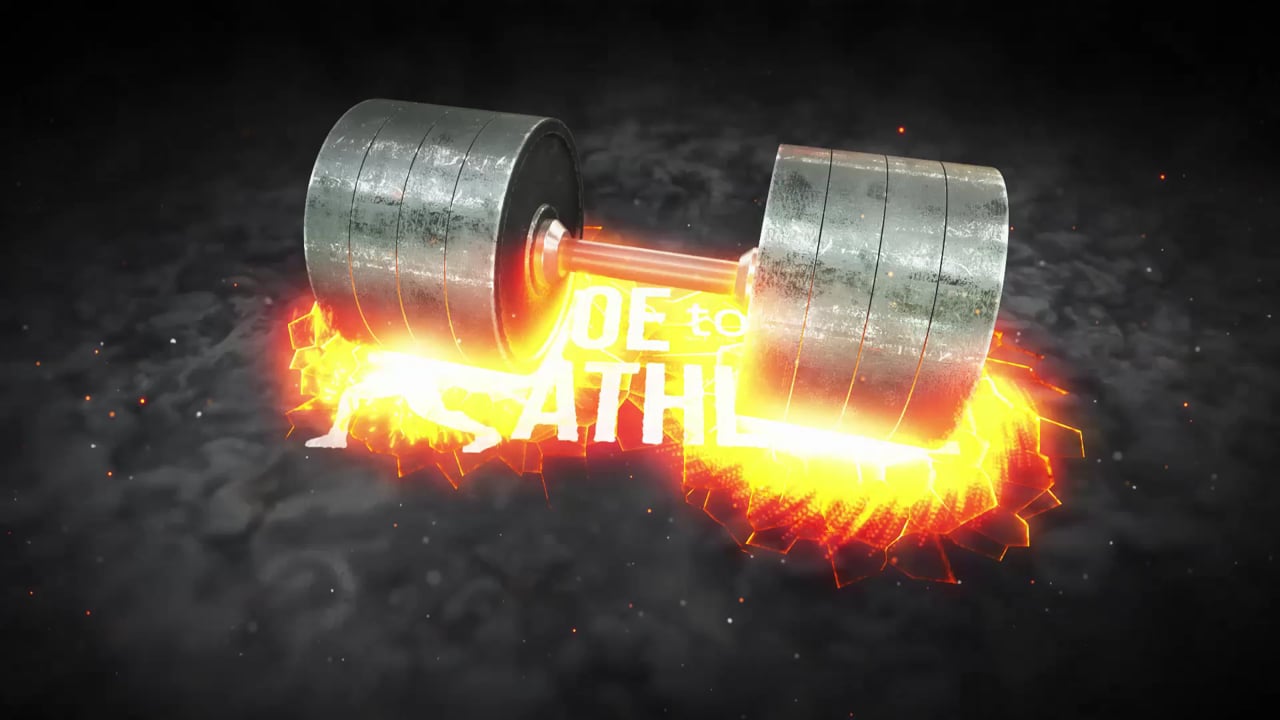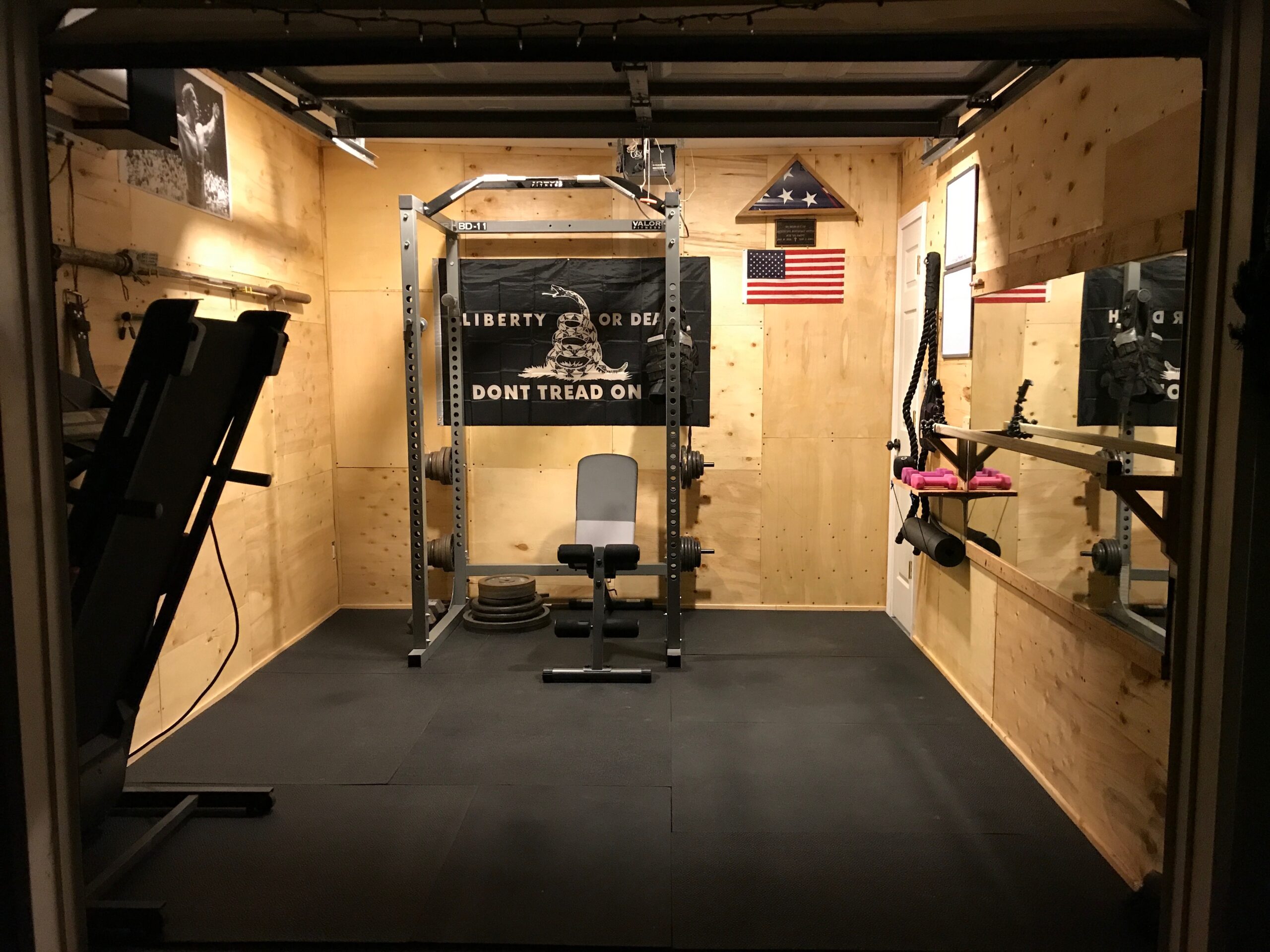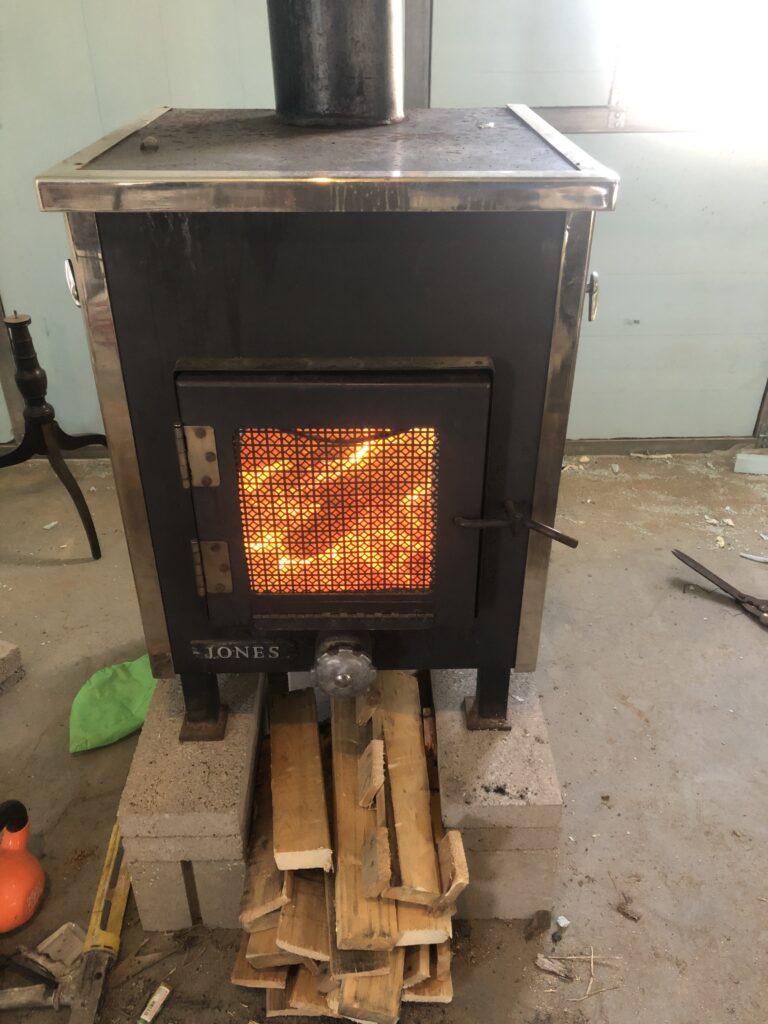




We can experience knee pain for a variety of reasons. Some injuries will require rest, ice, compression, or further treatment from a medical professional. Most times, though, the mild pains we experience can be self diagnosed and treated at home. Using simple rehab/prehab exercises, as well as training all parts of your legs in a balanced plan, will help you prevent or eliminate most common causes of knee pain.
Step one is taking preventative measures.
Step two is troubleshooting the problems that do pop up.
Step three is returning to full health after a knee injury.





I’ve read tons of self improvement essays, self help books, and watched 100’s of YouTube videos on time management. Still, I tend to procrastinate or lose track of time. Here are some of the best tips that I’ve found for staying on track and on schedule.
The biggest battle for a lot of people is their phone. It’s scary how much time can be wasted staring at the screen of a smart phone. Most smart devices automatically track your usage, so you can easily see how much time you’ve lost to your technology. I was the worst, so I’ve been trying to limit my screen time in the following ways:
Aside from limiting your screen usage, another one of the most impactful ways to be more efficient with your time, is to wake up early and get stuff done! It’s easy to sleep in. Sometimes, if you’re not careful, it’s even easier to trick yourself into thinking that you got up early. I used to wake up at 6:00, but not really get much work done until about 9:00. If I had early training clients, I half-slept through their sessions. I experienced a huge boost in productivity when I started to use those extra 3 hours every morning. For me, that means about 5-10 minutes of deep breathing, meditation, or reading to get in a positive and productive mindset. Immediately after that, without hesitating, I jump into my tasks for the day. If you tackle the hard stuff first, you’ll be amazed how much you can accomplish before 9:00 AM.
It also helps to:
Just like with training, and every area where you seek to improve, tracking progress will help you be more successful. Take notes on what saves you time, and on what makes staying organized easier. Taking notes will also keep you more focused on your goal. It all comes down to how much you want to be successful here; as always.

Sometimes, for young athletes especially, competitors are pressured to specialize in a certain sport or event. When an athlete is very gifted, this is often thought to be the best advice; but are we robbing our stars of key opportunities to get better?
“Focus on basketball,” a Varsity coach tells a star Freshman recruit; “you’ve got the height and talent to earn a scholarship.”
Athletic development models, though, show that might not be the best plan for success. The more sports scenarios a player experiences, the more movement patterns he/she can master. This is especially true for developmental, youth athletes. Track sprinters might learn the best methods for building straight line acceleration, but the basketball player will master lateral agility, and the baseball player will develop elite hand-eye coordination.
Even as adults, cross training has a ton of value. Still, even in a fully developed body, mastering new movement patterns or sports techniques increases neural drive. Basically, that means that learning new skills makes you stronger and more athletic. Also, changing up your routine can be key to long term and sustainable fitness; you’ll work out more if you’re not bored!
It’s true that it’s important to train for your sport. However, there are limits to that. Trying to be too specific in your training can cause you to miss out on a lot. That’s true of general S&C as well as cross training. If my sport requires me to be strong, like football, then squats are pretty sports specific (even if you’ll never squat in a game); because they make you stronger! In the same way, if increased sprinting speed will help me in my sport, then cross training in things like track events will make me better!
I knew one athlete that wouldn’t even go outside for a walk, because she was always “saving her calories and effort for training”. Wow! While I admire that kind of dedication, how long can a person function like that before getting burned out?
If you want to be successful in anything, it will take lots of dedicated focus on that one thing. You’ll have to be a little obsessive. In the case of sports and training, though, be sure not to neglect variety! The next time that you need to do some conditioning, try a game of basketball, instead of the treadmill. If there’s a cross training activity that you really love, share it with the rest of us in the Members Forum!


Believe it or not, this was one of the most asked, and least answered S&C questions on Google. As a strength coach for many pro and amateur fighters, I’ve watched dozens of combat athletes improve as a result of strength training. I’ve also competed in MMA, and have trained martial arts both with and without supplementary weight lifting.
Not all fighters lift weights, and not all those who do lift weights, do so correctly. All fighters, though, could benefit from getting stronger 100% of the time.
After a ton of real world testing, here is why I believe all fighters should participate in an organized strength training program.
MMA athletes use their bodies as weapons, and it is their job to sharpen those weapons daily. Most fighters, especially at the highest levels of the sport, are working hard to gain strength in the weight room. While weight room records aren’t everything, it’s like I tell my clients; “When everything else is equal, the stronger athlete wins.”
Why It Matters—-
Believe it or not, there is a “wrong” way to work out for every sport, even if it is the “right” way for another sport. Fighters can’t train like bodybuilders or football players, and expect great results. They also have to balance their strength workouts with the rest of their training.
How to Do It—-
Follow these rules, and you’ll definitely gain an edge on your competition. Strength training will make you stronger, faster, and more athletic. Keep everything in perspective, though. The purpose of Strength & Conditioning is to improve your ability to execute in your sport; and your training to execute those skills in practice will always be the most important thing. If S&C is leaving you too sore to practice, getting you hurt, or taking away from practice time… it’s time to back off. Until then… grab a bar and go!


Building a garage gym can be a great experience. It’s rewarding to see the results of your hard work come together, and to create a sanctuary in your home; one where you’ll spend hours loving yourself through fitness and discipline. As I, and a few of my friends, built out our garage gyms this year, I learned a few things that might help you during your build. Read this article for tips on how to save money, space, and aggravation.





